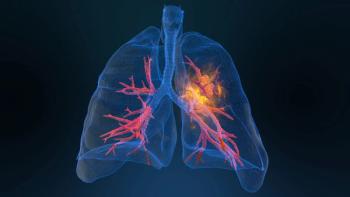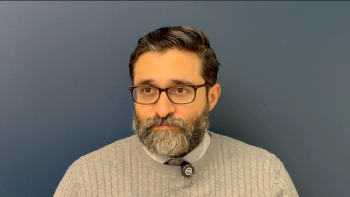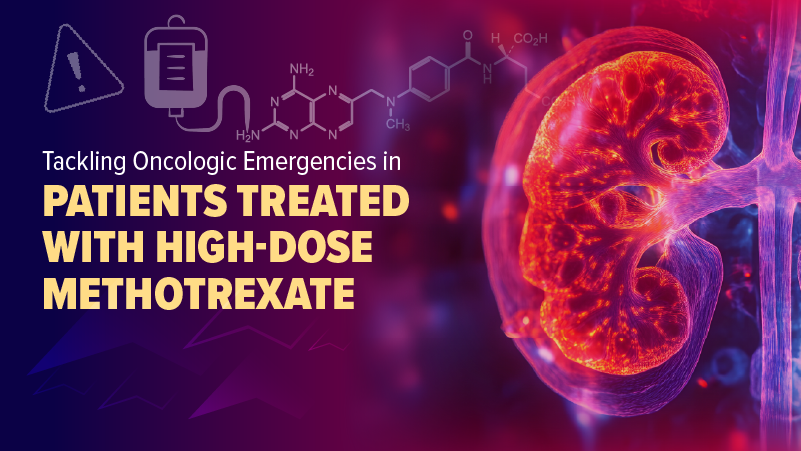
Neoadjuvant Immune Checkpoint Inhibitor Combo Promising for NSCLC
Researchers compared the percentage of non-viable tumor and tissue resident memory tumor infiltrating lymphocytes for nivolumab plus ipilimumab vs nivolumab alone.
CHICAGO–Neoadjuvant therapy with the immune checkpoint inhibitors nivolumab plus ipilimumab led to a higher percentage of non-viable tumor and tissue resident memory tumor infiltrating lymphocytes than nivolumab alone in patients with stage I to IIIA (single N2) resectable non–small-cell lung cancer (NSCLC). These are the findings of NEOSTAR, a phase II clinical trial (
“We have a major unmet need for developing biomarkers for personalizing treatment in this area,” said
Previous studies have shown that monotherapy neoadjuvant treatment with immune checkpoint inhibitors leads to major pathologic response (MPR) rates (≤ 10% viable tumor at surgery) ranging from 22% to 45% in resected NSCLC, while combination therapies achieve 50% to 83% MPR rates.
In the study, 44 patients with stage I to IIIA (single N2) resectable NSCLC with a performance status of 0 to 1 were randomized to neoadjuvant nivolumab (3 mg/kg intravenously [IV] on days 1, 15, and 29) or nivolumab plus ipilimumab (1 mg/kg IV on day 1). Mean patient age was 66 years; 64% were male, 18% were never smokers, and 59% had adenocarcinomas. The patients had either stage IA (18%), stage IB (34%), stage IIA (16%), stage IIB (11%), and stage IIIA (20%).
A total of 39 patients went on to have surgery (11% not resected; 19% in the nivolumab group, 4% in the nivolumab/ipilimumab group). In addition, 25% of patients had an MPR or pathologic complete response.
Of the 37 patients who underwent resection and were evaluable, 30% had an MPR (nivolumab, 19%; nivolumab/ipilimumab, 44%). The nivolumab/ipilimumab group had a lower median percentage of viable tumor after treatment (20% vs 70%, P = .077). Objective response rate was 20% overall and similar in both arms. During surgery, 2 patients in the nivolumab group had broncopleural fistulas, and 5 in the nivolumab group experienced air leaks, as did 3 in the nivolumab/ipilimumab group.
More subjects in the nivolumab/ipilimumab group had higher CD3+ and CD103+ tissue-resident memory CD8+ tumor-infiltrating lymphocytes (CD3+: 81.2% vs 54.4%; P = .028; CD8+: 56.2% vs 38.3%; P = .069). Responders had a higher median pretreatment tumor programmed death ligand 1 (PD-L1) (80% vs 1%; P = .024), and patients with PD-L1 > 1% had a lower percentage of viable tumor than patients with PD-L1 ≤ 1% (median, 20% vs 80%, P = .046).
“PD-L1 expression may be the most obvious [biomarker], and it does seem to be associated with MPR, suggesting that just as in the adjuvant setting, PD-L1 does seem to correlate with response. Importantly, there are some patients who respond who are negative for this marker, so by itself it is not the perfect marker,” Diehn said.
Newsletter
Stay up to date on recent advances in the multidisciplinary approach to cancer.















































































